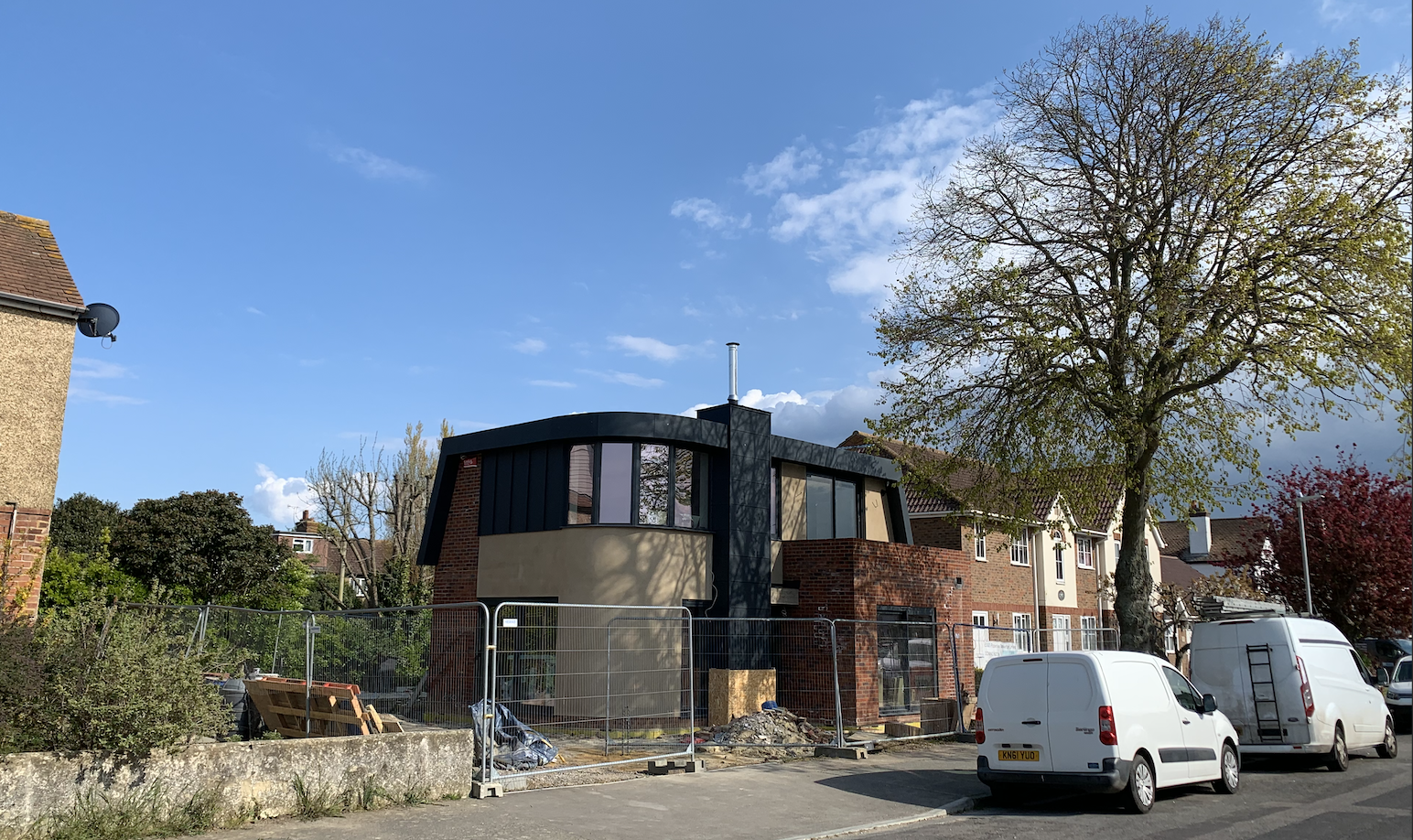According to specialist lender Together, a third of Brits would sacrifice part of their garden if it meant they could self build on the land. Based on a new survey, the data indicates that over 34% would take on a major self-build, with a mix of motivations. Of those surveyed, 14% said this would create a home for a family member, 10% would build a house they would sell and 8% would move in themselves.
According to the survey, 26% of respondees were interested in creating a standalone ‘granny annexe’ for visiting friends or family, if they had the space. Many attributed this desire due to the way in which the pandemic forced us to reconsider how we interact with our extended families.
One in ten also said that the boom in popularity for staycations offered an opportunity to rent such a garden build out as a short-term holiday let, while 8% said they were interested in long-term lets.
But it’s not just big builds that people wanted in their garden, with a fifth (20%) of respondents saying they’d be keen to build a summerhouse or workshop to create their perfect space.
Scott Clay, distribution development manager at Together, said: “Our survey highlights homeowners’ ambitions as we begin to return to a different kind of normality.
“People are thinking more creatively about how they could use their outside space, whether that is providing a standalone home office, a home for themselves to live or sell, or a specially-designed home for elderly or disabled relatives.
“It’s important that homeowners have enough space and get any required building consent, including planning permission, before they take on a self-build. They will also need a lot of planning, determination, and the right finance in place before they start their project.
“However, as well as Help to Build, there are other options of funding your own build, depending on the borrower’s ability to repay the loan. This could be through an advance from an existing lender, a self-build mortgage, or a remortgage, bridging loan or other types of property finance from a specialist lender.”
Building in the garden
Duncan Hayes, a spokesperson for the National Custom and Self-Build Association (NaCSBA) said: “When considering options for garden plots it is important to understand the approach of the local planning authority. The right proposals in the right areas can help with the delivery of better and more sustainable homes that we urgently need.
“Care is needed as many will have specific policies to prevent inappropriate development of gardens that may cause harm to the local area. NaCSBA recommends that anyone wanting to build should sign their local self-build register and check out the planning policies on their local council’s website in regard to creating new dwellings in a garden.”
Andrew Baggot, managing partner and chartered accountant at Clarke Nicklin, adds: “As far as tax is concerned there are a few matters to bear in mind with a self-build project. As well as the tax benefits, there shouldn’t be any Stamp Duty Land Tax (SDLT) to pay on the self-build, on the basis that it is being built in the owner’s own garden.
“However, one tax that might need to be considered in more detail is Capital Gains Tax (“CGT”). Your primary home is exempt from CGT. Although, as soon as you’ve acquired a self-build home you then have two properties, only one of which can be exempt from CGT. It’s therefore important to plan ahead if you’re then thinking of selling one of the properties so that you minimise any tax that might become payable”.




